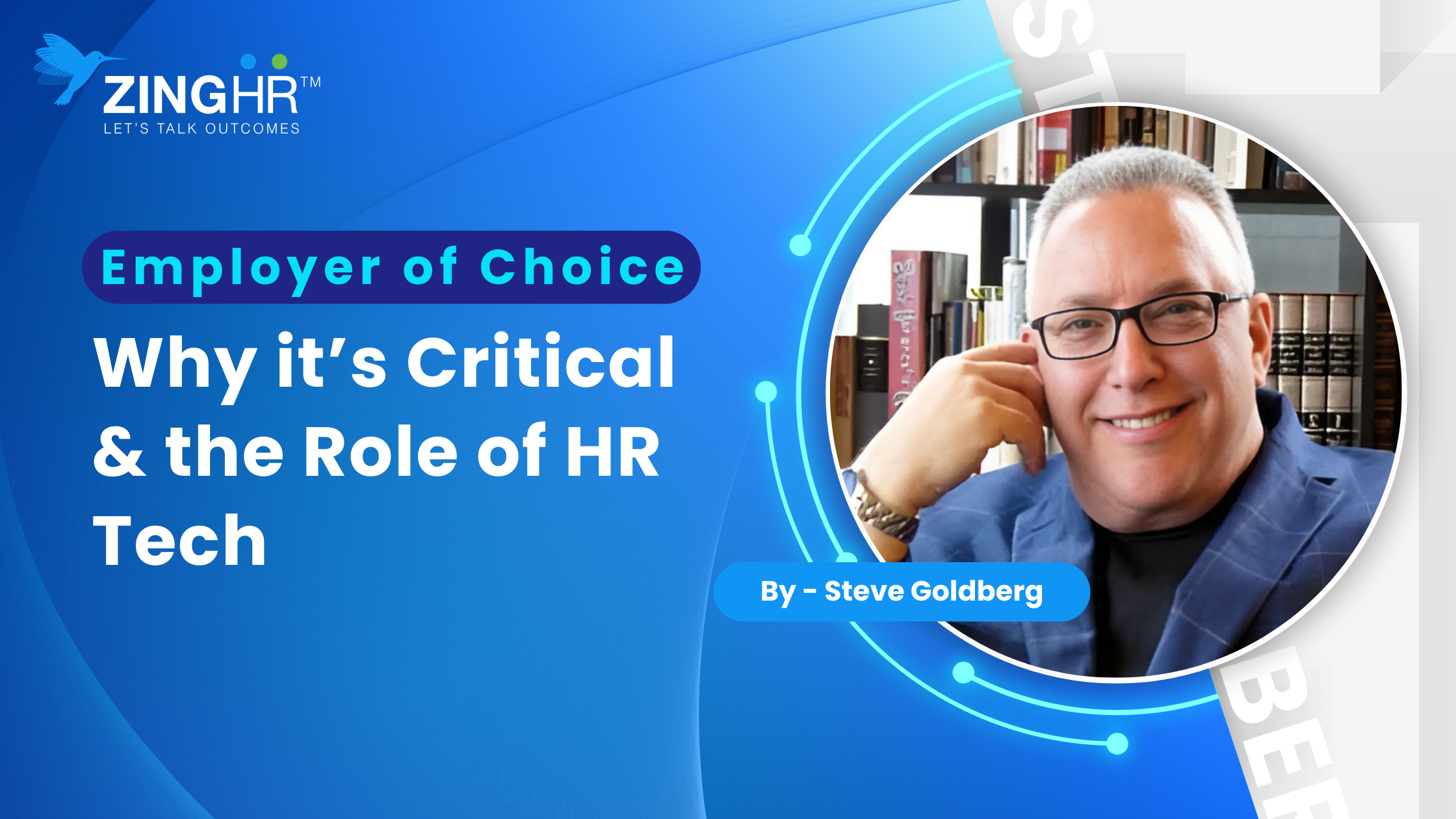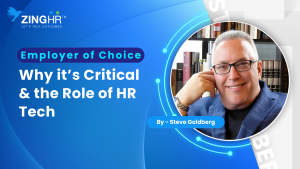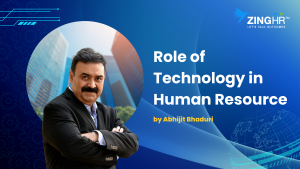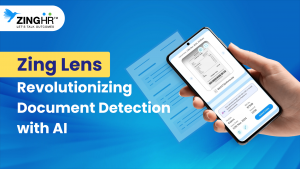Employer of Choice (EOC): What is it?
A universally accepted business principle is that being viewed as an ‘employer of choice’ (EOC) has significant business advantages. While the constituent group of current and prospective employees, as well as former employees, might initially come to mind when engaging around the topic, customers, investors and valued business partners often care about an employer meeting EOC criteria just as much.
The main reason referred to is often the ability to attract, recruit and retain ‘top talent’, which of course tends to be directly correlated with better business performance if not ascending to industry segment leadership.
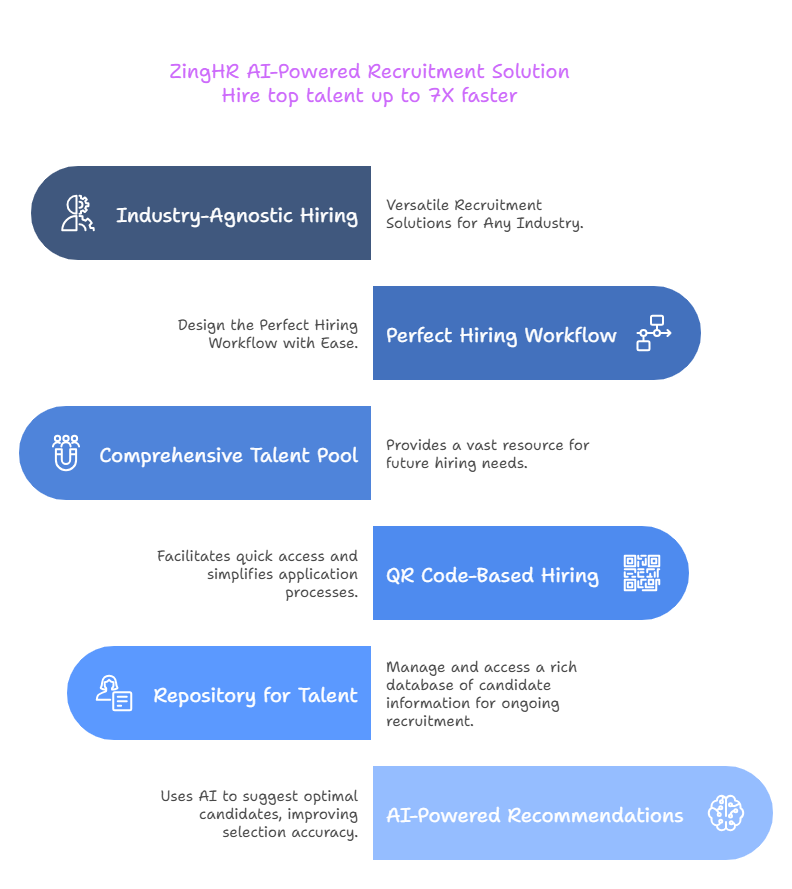
This distinct competitive advantage also branches into other significant outcomes, ranging from maintaining consistently higher productivity levels, to experiencing fewer disruptions to major business undertakings (e.g., transformations and other pivotal moments) due to having solid workforce engagement and lower employee turnover levels.
And when the job market is competitive, as it’s increasingly becoming in relation to those known to excel in the most sought-after skills – from operational and technical to executive, having these potential employees seek you out is an extremely fortuitous position to be in.
Numerous methods are brought to bear by business leaders seeking to move their organization into the ‘very attractive employer brand’ category, especially those who are leading HR.
And while it’s worth noting that even if an employer makes a great effort, there’s no guarantee existing and future employees will consider that company their employer of choice (as person-specific dynamics might be at play), there is clearly a group of commonly cited attributes of an organization that its former and current workforce would use for judging the appropriateness of an EOC designation.
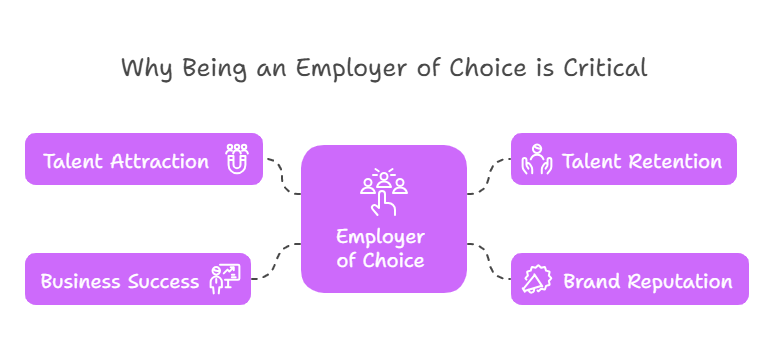
These include, in no particular order (also, rankings can sometimes vary by industry or job):
- Promoting the work–life balance principle in company values
- Achieving a healthy work environment physically and mentally
- Employee recognition vehicles that highlight the underlying reasons
- Career growth via the emphasis of learning and development
- Transparent communications, especially during periods of change
- Competitive pay and benefits and a perception of equity / fairness
- Supportive and caring but also professionally competent leadership
The degree to which these oft-cited EOC attributes were cited as relevant is also frequently quantified in credible industry studies that focused on both why employees stay and why they tend to leave.
For example, according to Gallup, these are the four top reasons employees voluntarily left their jobs in 2023: 16% pay or benefits, 12% career development opportunities, e.g., employee training, 12% direct supervisor/manager or senior leadership, and 10% a personal/family relocation.
Additionally, when reasons for leaving were grouped into broader categories, the top two over-arching ‘themes’ that emerged were: 41% employee engagement and company culture (including career advancement opportunities, interesting and/or meaningful work, relationships at work, and diversity honored), and 28% well-being and work-life balance (spans personal/family relocation, other ‘personal’ reasons and workplace flexibility such as the opportunity for remote work).
I’ll note the obvious here, that the opportunity for remote work was likely not even on the list of top ten reasons before the Covid era; and while this Gallup study focused primarily on the U.S., having personally worked on three continents (U.S., Europe and Asia) my view is that such findings are likely very similar when expanded to a global scope.
The EOC Competitive Advantage
Based on my now four decades of operating on all sides of HR / HCM and HR Technology, I believe the two most impactful advantages of being an employer of choice both relate to the same broad theme of greater employee productivity, which almost always means better enterprise execution and business results.
This is because the most modest upticks in productivity in any appreciably sized business translate into major value creation. A math example to illustrate this: A 1,500-employee company with revenue per employee of $100,000 goes up a modest 5% in productivity. This results in $7.5 million in additional revenue or value (1,500 employees x 5,000 additional revenue per employee); or $15 million if this was a workforce of 3,000.
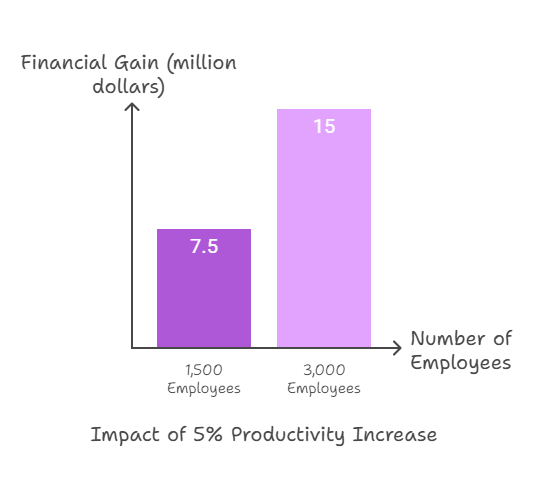
The ability to attract top talent is logically correlated with employees that have the potential to be highly productive and therefore top contributors to organizational success. At the point at which they are on board, however, it’s other EOC factors that will influence whether their potential becomes tangible and measurable in the form of stellar performance and being a major asset.
The second major advantage also relates to higher productivity, and it is having a highly engaged workforce, which clearly relates to productivity as well as employee retention. Despite this relationship between engagement, productivity and business performance, another Gallup study — one more global in scope — determined that 15% of the global workforce is made up of actively disengaged employees. This is a worrying trend, but there are thankfully many ways to improve engagement – which we will cover in the HR technology considerations section of the blog.
And no discussion of EOC benefits if not competitive advantages would be complete without touching upon the cost of turnover, which can of course be attributed to employers not offering an ‘EOC experience’. Many studies I’ve seen over the years estimate that replacing those in leadership and management positions typically costs around 200% of their monthly salary, replacing technical or professional staff costs around 80% of their monthly salary, and replacing frontline employees amounts to roughly 40% of their monthly wages.
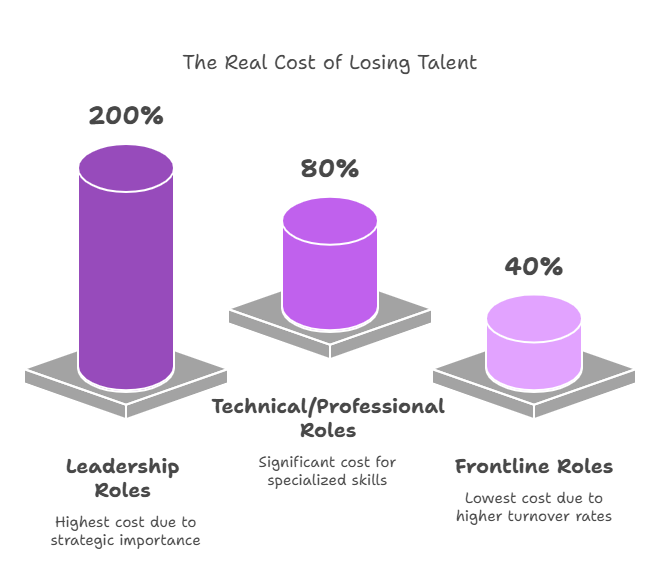
These costs are arguably higher, if not considerable higher, when one considers:
(1) the cascading effect someone leaving can have on those they routinely collaborate with or consider their friends in the organization, or
(2) the major disruptive impact of someone leaving who was playing an instrumental role in a strategic initiative that’s already had considerable money and time invested in it; namely costly delays if not regressing along the progress curve. Finally, the aforementioned typical costs of replacing an employee who leaves voluntarily generally account for recruiting time spent across the organization and all direct / tracked recruiting costs (including staffing / search firm and posting fees) but usually don’t reflect ramp-up times for the new team member to get up to speed.
The Role of HR Technology in Achieving EOC Status
HR Technology, particularly of the modern or next-gen category, can and should play a material role in a business pursuing being an EOC.
What quickly comes to mind here is the tech platform serving up learning and development experiences with personalized content, and also ideally reflecting what the platform has learned about how each person learns best.
What I’m referring to is aspects such as the learning content delivery medium. While one person might retain more when the material is read, another perhaps benefits more when it is watched or listened to – or delivered via formal class or a coach. Additionally, it might be learning in small doses or long sessions that have the best impact.
These are some of the key considerations around personalized learning embraced by employers of choice. It doesn’t stop here though. EOC’s know that learning technology — as part of an HR tech suite of offerings of vendor partners, or an even broader ecosystem of internal and external tools and content — is more than about ensuring solid performance in one’s current job.
They also know that comparable emphasis must be placed on what the employee’s career goals are, including when they want to traverse a non-linear career path after a period of time on the same one. Great employers try to support these interests for their best and most valued talent, if not for the entire workforce if achievable.
Then there is that functionality component or module within HCM software that, without much debate, plays the biggest “EOC-contributory” role at the beginning of an employee’s tenure. It is the enabling of an effective and truly immersive (vs. mostly transactional) onboarding process. I’m referring to getting immersed in, and emotionally connected to one’s team and job — as well as the culture and core values of their new employer. First impressions do matter! One study found that organizations with strong onboarding processes see an 82% improvement in new hire retention.
We know that the typical onboarding process has, through the decades, mostly connoted getting on payroll, enrolling in benefits, and completing compliance-related forms.
By way of contrast, a modern, high quality and digital onboarding experience strongly correlates with high employee engagement, which ultimately impacts employee retention. Something as simple as having an HR tech platform make intro’s to others that can perhaps serve as an “onboarding buddy” go a long way.
These dynamics occur when this critical process is enabled with best-in-class HR technology such as the on boarding experience enabled by the sponsor of this blog – ZingHR – which is designed to achieve maximum digitization and employee engagement while minimizing time to productivity.
And outside of HR-tech delivering highly personalised learning and immersive employee onboarding experiences, modern HCM platforms also tangibly demonstrate an employer’s desire to leverage and invest in the latest HCM tech innovations like AI / GenAI / AgenticAI for example. User experiences can certainly be designed to reinforce a culture of fun, caring, teamwork and collaboration, one that perhaps encourages volunteerism and coaching or mentoring, etc.
The range of ideas and related HR technology capabilities in support of the EOC mission, and how these systems absolutely help achieve it, are only limited by the imagination and dedication of an employer and their HR tech vendor partner.
Concluding Remark
Employers who earn and sustain the designation of employer of choice have and will likely always have a distinct competitive advantage. I’ll add that while the list of what employees might use to judge this in an employer doesn’t evolve that much from decade to decade, this is certainly a different story with respect to the constantly evolving HR technology landscape.

Steve Goldberg has been operating on all sides of HR, Payroll, HCM and HR Technology for over three decades and on three continents. After 15 years as a practitioner exec in Fortune 500’s, Steve led HCM product strategy at PeopleSoft as well as research practices at Bersin and Ventana Research. He also co-founded Recruiting Tech and Change Management firms. Steve has been recognized as a Top 100 HR Tech Influencer multiple times, earned an MBA in HR and a BBA in Industrial Psychology, and delivers talks at industry and solution vendor events around the globe. He currently serves as a strategic advisor to ZingHR.

